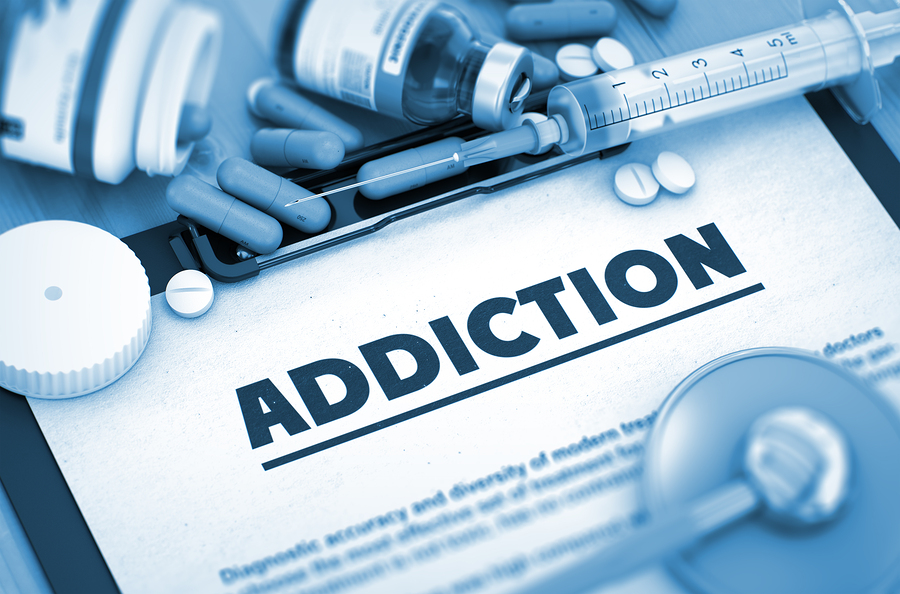Teens Who Abuse Rx Opioids More Likely to Try Heroin
/By Roger Chriss, PNN Columnist
A new study from the University of Southern California finds that teens who abuse prescription opioids are more likely to start using heroin by high school graduation.
Published in JAMA Pediatrics, the study tracked nearly 3,300 students in ten public high schools in the Los Angeles area from 2013-2017. Nearly 600 of those students reported using prescription opioids to get high.
By the end of high school, a total of 70 students had started using heroin, including about 12% of those who abused opioid medication. Only 1.7% of students who did not misuse prescription opioids tried heroin.
The researchers looked closely at not only the nonmedical use of prescription opioids, but also the use of other substances. A family history of smoking, alcohol and drug problems, and interpersonal factors such as impulsiveness, anxiety, depression and delinquent behavior were also assessed.
Among all the different factors, the best predictor of heroin use was the abuse of prescription opioids. This tendency was significantly stronger than the use of alcohol, cannabis, cigarettes or other non-opioid drugs.
"Prescription opioids and heroin activate the brain's pleasure circuit in similar ways," said senior author Adam Leventhal, PhD, director of the USC Institute for Addiction Science. "Teens who enjoy the 'high' from prescription opioids could be more inclined to seek out other drugs that produce euphoria, including heroin.”
Researchers also found that students who initiated heroin use were more likely to be male, have less parental monitoring, more delinquent behavior, and impulsive personalities.
The USC study adds to previous research on the complex drug use trajectories that culminate with heroin. It has long been known that nonmedical prescription opioid use is associated with later heroin use, with some anti-opioid activists claiming that 80% of heroin addicts begin by abusing prescription opioids. That is a misleading statistic, as I discussed in a previous column.
There clearly is an association between the misuse of prescription opioids and heroin use, but as the USC researchers found, many other factors are also involved and more research is needed. Their study, for example, did not look at how teens who misused prescription opioids obtained them. Most likely, they were obtained from friends or family members.
The USC study findings not only advance our understanding of heroin initiation, but also signal the importance of developing better policies to prevent nonmedical opioid use.
Roger Chriss lives with Ehlers Danlos syndrome and is a proud member of the Ehlers-Danlos Society. Roger is a technical consultant in Washington state, where he specializes in mathematics and research.
The information in this column should not be considered as professional medical advice, diagnosis or treatment. It is for informational purposes only and represents the author’s opinions alone. It does not inherently express or reflect the views, opinions and/or positions of Pain News Network.


























